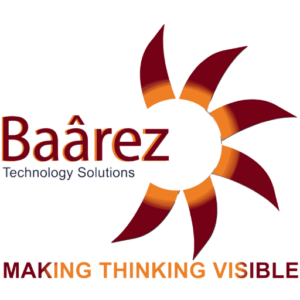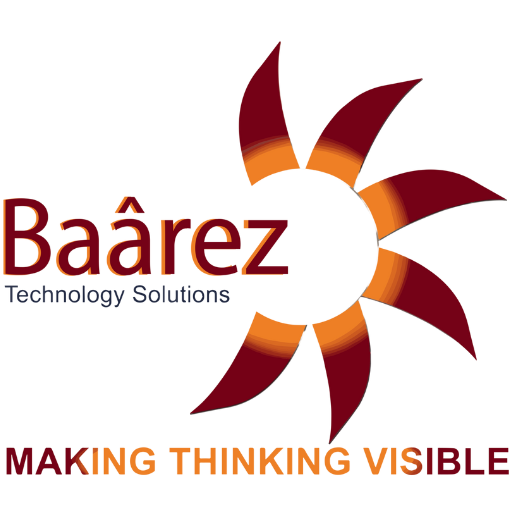
In today’s interconnected business environment, third-party relationships are more than just beneficial; they are a crucial component of daily operations in most sectors. Whether these third parties are suppliers, vendors, contractors, or consultants, they often have direct access to an organization’s data, systems, and resources. This exposure makes third-party risk management (TPRM) not just prudent but essential.
This comprehensive guide explores the 5 phases of third-party risk management, providing a clear framework to help organizations mitigate risks effectively, enhance performance, and ensure compliance across all third-party interactions.
Table of Contents
ToggleIntroduction to Third-Party Risk Management
Third-Party Risk Management is the process of analyzing and controlling risks associated with outsourcing to third-party vendors or service providers. This risk can stem from various sources including financial uncertainty, security vulnerabilities, and business reputation damage. Effective TPRM ensures operational resilience, protects organizational interests, and supports business continuity.
Phase 1: Planning and Scoping
Understanding Your Needs
The first step in any effective TPRM process involves planning and scoping. Organizations must identify which services or products are being outsourced and understand the inherent risks associated with these third parties. This phase is crucial for defining the scope of the TPRM program.
Establishing a Governance Framework
Creating a governance framework that includes policies, procedures, and standards is essential in this phase. These guidelines will help in managing third-party risks consistently across the organization.
Read more about What Is Third Party Risk Management?
Phase 2: Due Diligence and Third-Party Selection
Conducting Thorough Due Diligence
The goal of this phase is to thoroughly assess potential third parties before engagement. Due diligence includes evaluating the third-party’s financial status, business model, compliance standards, and cybersecurity practices. This helps in understanding if the third party aligns with the organization’s risk appetite.
Choosing the Right Partners
Selecting the right third party is pivotal. This decision should be based on detailed assessments and alignment with the organization’s strategic goals and values. It’s not just about who offers the best price, but who can provide the best value while minimizing potential risks.
Phase 3: Contract Negotiation
Defining Terms and Conditions
Once a suitable third party is selected, the next step involves negotiating the terms of the contract. This should clearly outline all responsibilities, obligations, and expectations. It should also include compliance with relevant regulations and standards.
Risk Mitigation Strategies
The contract should enable the organization to enforce risk mitigation strategies. This includes clauses for audits, right to audit, data security provisions, and breach notification procedures.
Read more about the Third-Party Risk Management Tools
Phase 4: Ongoing Monitoring
Regular Assessments
The relationship with a third party is not “set and forget”. Continuous monitoring is essential to ensure that the third party complies with the terms of the contract and adheres to regulatory requirements.
Performance Reviews
Regular performance reviews and audits should be conducted to assess the third party’s compliance and performance. This helps in identifying any new risks that might have emerged during the course of the relationship.
Phase 5: Termination and Transition
Effective Exit Strategies
Organizations must have clear procedures for terminating relationships with third parties. This includes handling the transition of services and secure disposal of all associated data.
Learning from Each Engagement
Finally, each third-party engagement provides learning opportunities. Documenting lessons learned helps refine the TPRM process for future engagements.
Read more about The Ultimate Guide to Third-Party Risk Assessments
Strengthening TPRM Frameworks
Regular Training and Awareness
A successful TPRM program requires regular training and awareness programs for all stakeholders involved. Employees must be educated about the potential risks associated with third-party engagements and the importance of compliance with the TPRM policies. Regular workshops and seminars can help keep the risk management team updated on the latest practices and technologies in risk assessment.
Technological Integration
Leveraging technology can significantly enhance the efficiency and effectiveness of the TPRM processes. Risk management software tools can automate parts of the due diligence, monitoring, and reporting processes, thereby reducing manual errors and increasing the responsiveness to potential threats.
Collaboration Across Departments
TPRM should not be isolated within a single department. A collaborative approach involving IT, finance, compliance, and operations departments can provide a more comprehensive view of third-party risks and their impact on the organization. This integrated approach ensures that all potential risks are viewed through multiple lenses, enhancing the mitigation strategies.
Read more about The Power of AI in Third Party Risk Management
Advanced Techniques in Due Diligence and Monitoring
Utilizing Advanced Analytics
Advanced analytics and machine learning can be used to analyze large volumes of data related to third-party interactions. These tools can identify patterns and trends that may indicate potential risk areas that require closer scrutiny.
Enhanced Cybersecurity Measures
Given the increasing frequency and sophistication of cyber threats, enhancing cybersecurity measures during the third-party management process is crucial. This includes requiring third parties to adhere to stringent cybersecurity standards and conducting regular cybersecurity assessments to ensure compliance.
Continuous Improvement
TPRM is not a static process. It requires continuous evaluation and improvement based on new insights, evolving threats, and feedback from stakeholders. Regular reviews of the TPRM framework and policies should be conducted to ensure they remain relevant and effective in managing third-party risks.
Case Studies and Real-World Applications
To illustrate the effectiveness of robust TPRM frameworks, it’s useful to look at real-world applications. For instance, a major financial institution may implement stringent due diligence processes that include not only financial health checks but also detailed scrutiny of the third party’s data handling and privacy practices. Regular audits and compliance checks ensure that the third party remains in alignment with the institution’s high standards.
Another example could be a healthcare provider working with data processing vendors. The healthcare provider ensures compliance with HIPAA regulations through continuous monitoring and immediate corrective actions if any compliance issues are detected.
Conclusion
Effective third-party risk management is critical in today’s global and interconnected market. By following the 5 phases of third-party risk management—Planning and Scoping, Due Diligence and Third-Party Selection, Contract Negotiation, Ongoing Monitoring, and Termination and Transition—organizations can protect themselves against potential risks while maintaining efficiency and compliance. Each phase builds upon the last, creating a comprehensive approach that ensures all potential risks are managed appropriately. Remember, the goal is not only to mitigate risks but also to build strong, reliable partnerships that can drive business success. Implementing a robust TPRM program is not just about protection; it’s a strategic move towards sustainable and secure business practices.


